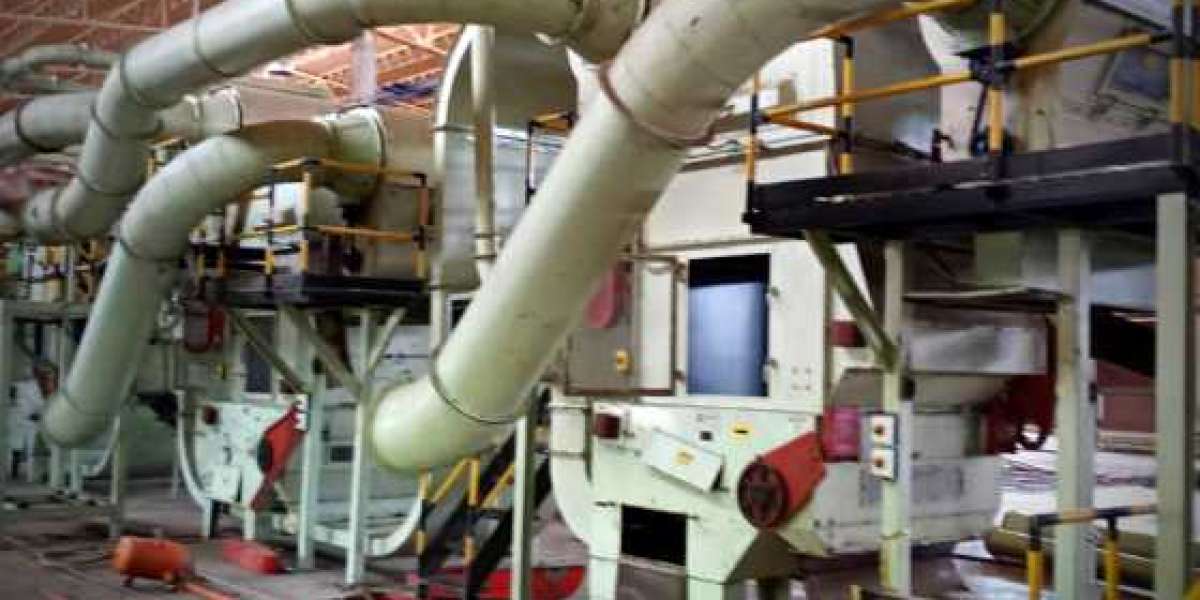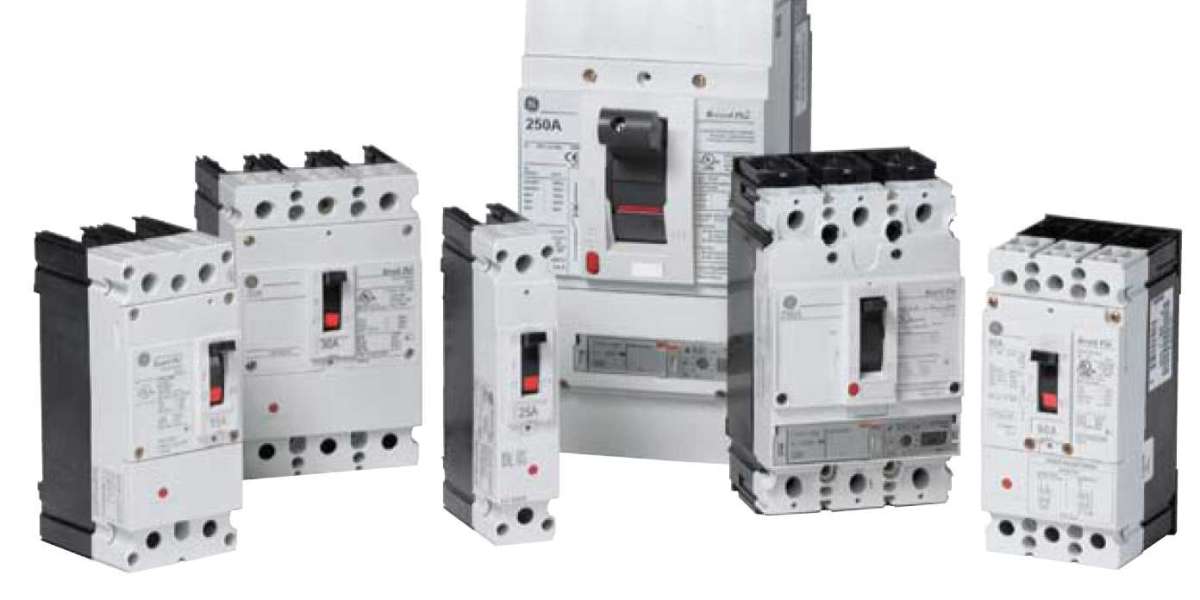Cigarette pack machines are highly specialized pieces of equipment designed to automate the packaging process of cigarettes, ensuring consistency, speed, and quality in the final product. These machines are integral to the tobacco industry, where efficiency and precision are paramount. At the core of these machines is their ability to handle a high volume of cigarettes, wrapping them in protective materials, and organizing them into packs ready for distribution. The complexity of these machines varies, ranging from simple packagers to advanced systems that include multiple stages of packing, wrapping, and sealing The process begins with cigarette alignment and feeding. Cigarettes are funneled into the packing machine through a series of conveyors and chutes that ensure each cigarette is properly oriented. This stage requires precise control to avoid damage to the cigarettes and ensure uniformity in the packaging process. Advanced sensors and robotic arms are often used to manage this stage, providing the necessary speed and accuracy. The goal is to minimize downtime and ensure a continuous flow of cigarettes into the packing unit, thus maintaining high production rates.
Once the cigarettes are aligned, the next step involves wrapping them in a protective layer. Typically, this layer is a type of foil or paper that preserves the freshness of the cigarettes and provides a barrier against moisture and contaminants. The wrapping mechanism in cigarette pack machines is a marvel of engineering, involving high-speed rollers and cutters that handle the wrapping material with precision. The material is cut to the exact dimensions needed and then tightly wrapped around the bundle of cigarettes. This stage is crucial for maintaining the quality and shelf-life of the product After the initial wrapping, the cigarettes are then placed into packs. This process involves folding and sealing operations that transform flat packaging materials into three-dimensional packs. The machines are designed to handle various pack configurations, whether it’s soft packs or hard packs with flip-top lids. The folding mechanisms are finely tuned to ensure crisp, clean folds, and secure seals. This stage often includes the application of adhesive or heat sealing to ensure the packs remain closed until opened by the consumer. Quality control measures, such as automated inspections, are integrated at this point to detect any defects in the packs.
Labeling and branding are also key components of the cigarette pack machine's functionality. Modern machines can print and apply labels directly onto the packs, ensuring that each pack carries the correct branding, health warnings, and other regulatory information. This step is critical not only for compliance with legal standards but also for maintaining brand identity and consumer trust. The printing systems used in these machines are highly advanced, capable of producing sharp, clear images and text at high speeds In addition to primary packaging, cigarette pack machines often include secondary packaging capabilities. This involves grouping individual packs into larger cartons or cases for easier handling and distribution. These machines can automatically arrange packs into the desired configuration, wrap them in protective material, and then seal the cartons. This secondary packaging is essential for logistics, as it facilitates the storage and transportation of large quantities of cigarettes, ensuring they reach retailers and consumers in perfect condition cigarette manufacturing machine company.
One of the most critical aspects of cigarette pack machines is their integration with quality control systems. These systems use a variety of sensors and cameras to inspect every aspect of the packing process, from the alignment of cigarettes to the final sealing of packs. Any deviations or defects are automatically flagged, and the defective items are removed from the production line. This ensures that only products meeting the highest standards of quality are released into the market, which is crucial for maintaining the manufacturer's reputation and complying with regulatory requirements Environmental considerations are increasingly influencing the design and operation of cigarette pack machines. Manufacturers are incorporating features that reduce waste and energy consumption. For example, machines are now designed to use thinner, more sustainable packaging materials without compromising on the protection and quality of the cigarettes. Additionally, many modern machines include systems for recycling and reusing packaging waste, thereby reducing the environmental footprint of the production process. Energy-efficient motors and control systems further enhance the sustainability of these machines.
In conclusion, cigarette pack machines are vital to the tobacco industry's ability to produce and distribute cigarettes efficiently and reliably. These machines embody a blend of advanced engineering, automation, and quality control to ensure that every pack of cigarettes meets stringent standards for quality and consistency. As technology continues to evolve, these machines are becoming even more sophisticated, incorporating cutting-edge features that enhance their performance and sustainability. For manufacturers, investing in state-of-the-art cigarette pack machines is essential to staying competitive in a highly regulated and demanding market.








